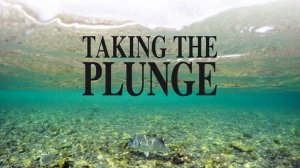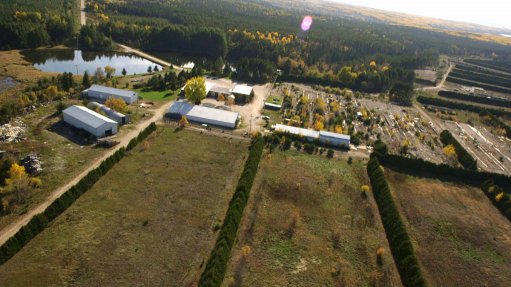Canada’s Nautilus aiming to start marine mining in 2019 despite enviro concerns


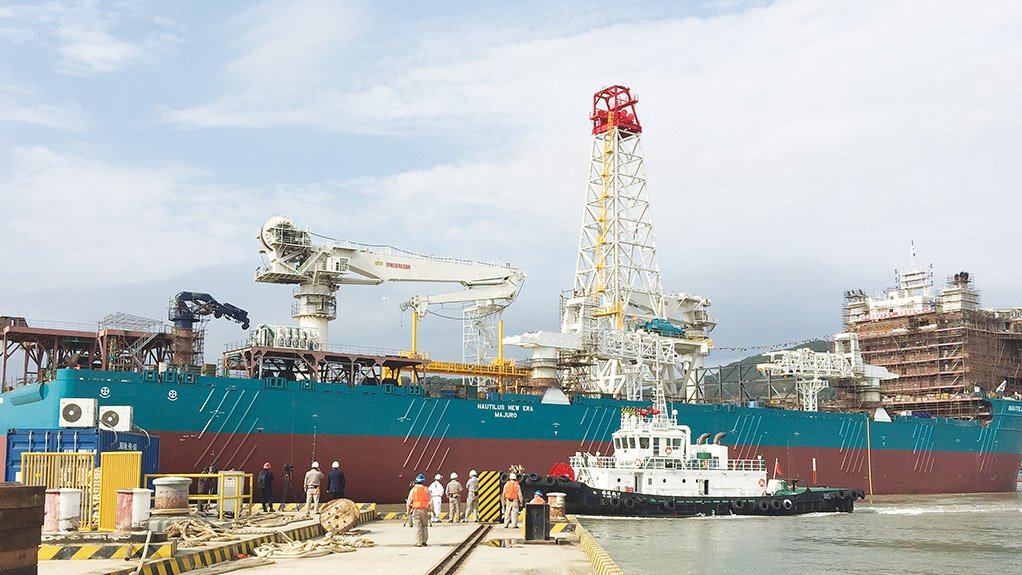
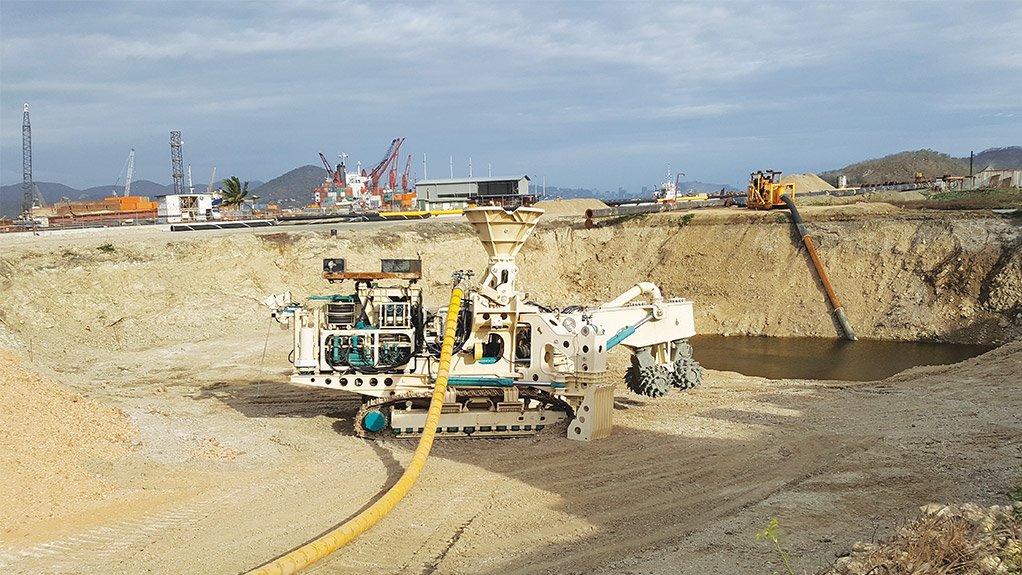
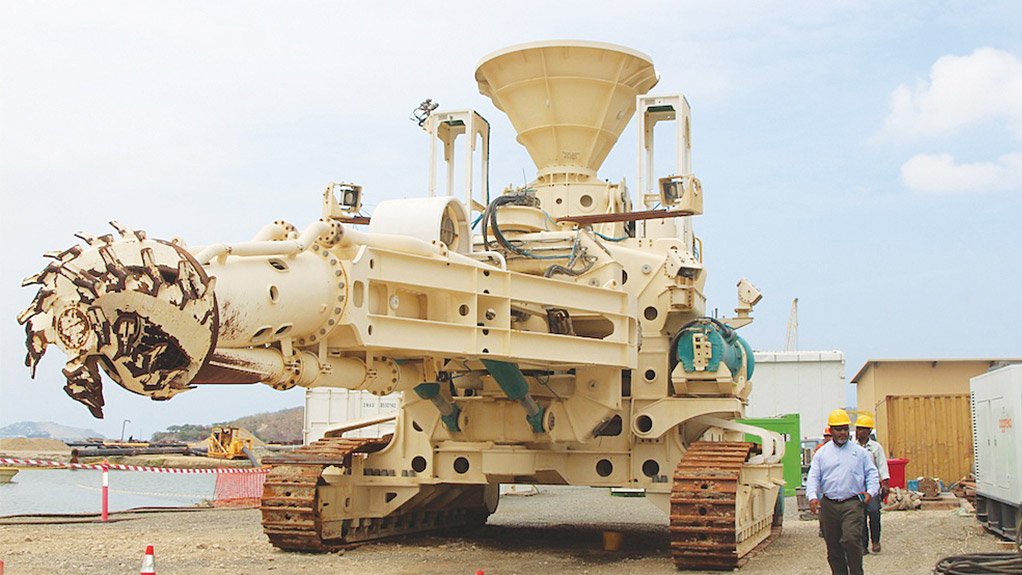
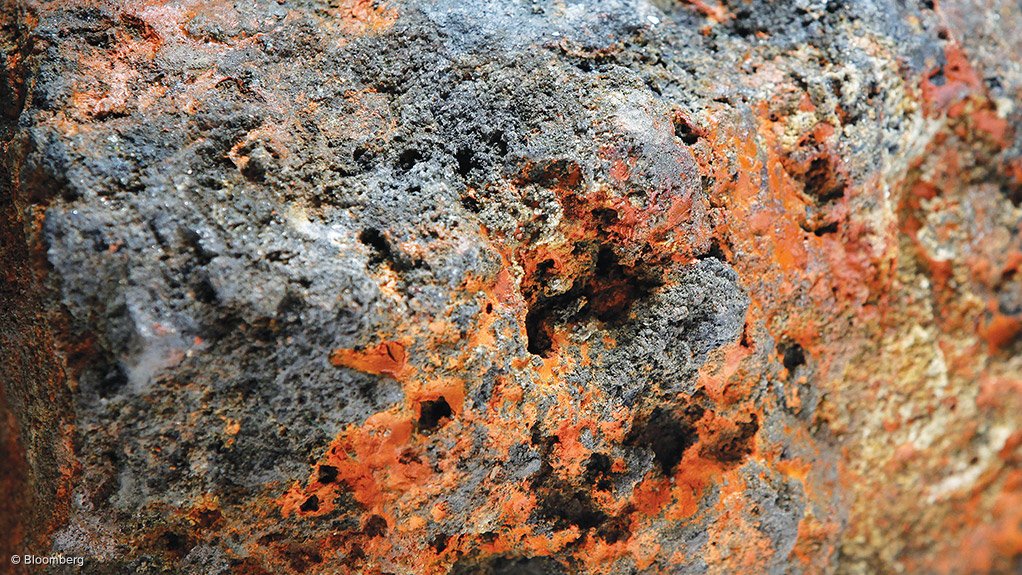
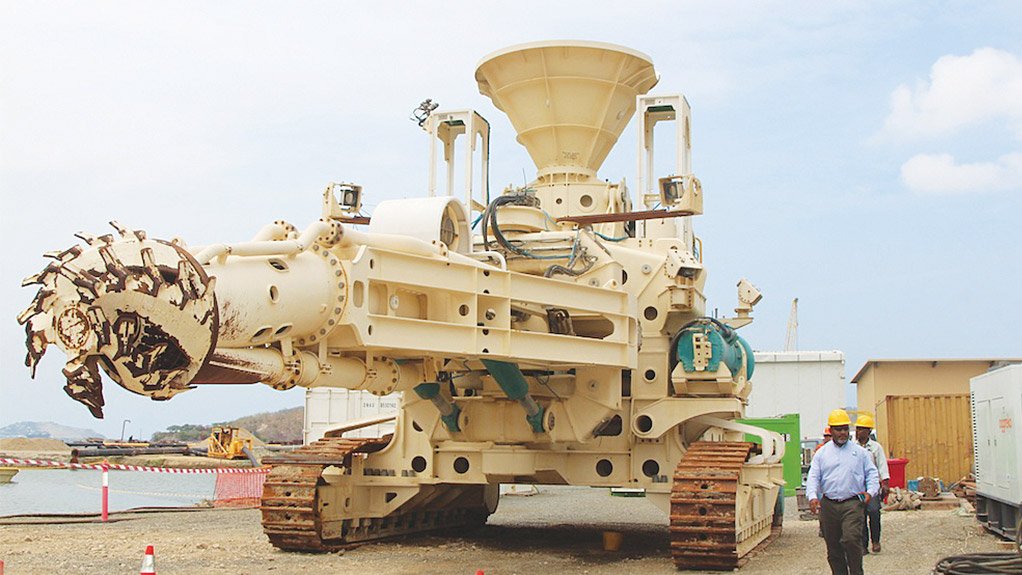
FUTURE MINE? Nautilus Minerals commissioned its production support vessel, Nautilus New Era, in March. The vessel will be used to operate submerged seafloor production equipment that will conduct the actual deep-sea mining
SEAFLOOR PRODUCTION TOOLS Nautilus Minerals’ seafloor production tools combine existing technology from the offshore oil and gas sector with rock-cutting technologies used in land-based operations
COLLECTING MACHINEThe collecting machine is a large robotic vehicle which collects the cut material by drawing it in as seawater slurry with internal pumps and pushing it through a flexible pipe to a riser and lifting system
SEAFLOOR MASSIVE SULPHIDE These nodules usually contain high grades of zinc, copper, silver, gold, lead and rare earths
Photo by Bloomberg
COLLECTING MACHINEThe collecting machine is a large robotic vehicle which collects the cut material by drawing it in as seawater slurry with internal pumps and pushing it through a flexible pipe to a riser and lifting system
Deep-sea mining is yet to become a major activity, and not much is known about undersea mineral deposits. However, some in the mining industry claim that the deep seafloor could be host to an abundant, untapped resource of highly sought-after commodities that may be relatively easy to access once machinery has been developed to operate under high pressures in submerged environments and salty water.
But environmentalists have issued strong warnings about the potential threats that could be posed to marine ecosystems and the long-lasting damage that could result from disturbing seafloors through dredging and cutting, as well as mining.
There has also been talk of would-be investors showing a reluctance – behind closed doors – to pour money into deep-sea mining projects because of the unknown feasibility of this type of activity and concern that they could potentially be deemed to be complicit in environmental degradation.
Potential sites for deep-sea mining are thought to be around large areas of polymetallic nodules or active and extinct hydrothermal vents (volcanically prevalent areas), which typically occur at depths of 1.4 km to 3.7 km below sea level. It is also believed that these vents create globular or sulphide deposits, which usually contain valuable metals such as silver, gold, copper, manganese, cobalt and zinc.
The prospect of deep-sea mining has had a patchy history, considering that one of the first major attempts to explore and mine the deep seas was a $500-million cover-up, the actual intent of which was to recover a sunken Soviet nuclear-armed submarine.
The K-129 submarine sank in 1968 about 1 400 km north-west of Hawaii, in the Pacific Ocean. The US was keen to find the submarine to obtain Soviet nuclear launch codes and other confidential information. It needed to conduct the operation under a veil of secrecy and, thus, could not simply send a salvage vessel to the area without attracting the attention of the Soviet Union.
Consequently, the US Central Intelligence Agency devised a plan – dubbed Project Azorian – to commission the Glomar Explorer as a deep-sea mining vessel targeting manganese nodules – potato-sized rocks lying on the ocean floor. In reality, the Glomar Explorer was used to lift the submarine off the ocean floor, about 4.9 km from the surface. The operation was only partially successful, as the submarine disintegrated while being lifted and only some of the nuclear missiles were recovered.
To make Project Azorian appear to be a legitimate deep-sea mining endeavour, a public relations campaign ensued in the 1970s, with a determined effort to paint it as the scheming of reclusive billionaire inventor Howard Hughes.
Few other attempts at deep-sea mining have been made, with only a handful of countries having been involved in deep-sea prospecting activities.
MAKING WAVES
One mining company that seems to be making headway as a major role-player in deep-sea mining is Canada-headquartered Nautilus Minerals.
The company is developing and commissioning deep-sea mining equipment, which it calls seafloor production tools. The tools comprise three primary pieces of equipment – an auxiliary cutter, a bulk cutter and a collecting machine.
To supplement this submerged machinery is a surface vessel, which Nautilus has labelled a production support vessel (PSV) and will be tethered to the seafloor production tools.
Nautilus Minerals CEO Mike Johnston believes that mining the seafloor will be a cost-effective and “environment friendly” way of obtaining high-grade copper, gold and silver.
The company launched its PSV – the Nautilus New Era – in March. The PSV was designed by SeaTech Solutions and built at Mawei Shipyard, in China, in cooperation with Mawei, Nautilus Minerals and Marine Assets Corporation. The vessel will be used by Nautilus and its partner, Eda Kopa (Solwara), a subsidiary of oil, gas and minerals company Petromin PNG Holdings, at the Solwara 1 Project site, in the Bismarck Sea, off Papua New Guinea (PNG).
The PSV provides a stable platform for operations using dynamic positioning technologies to ensure it stays on location at Solwara 1, irrespective of wind and wave conditions.
Nautilus Minerals has reported that the PSV, designed for use in offshore construction and seafloor mining industries, is about 75% complete, with final delivery scheduled for March 2019.
Johnston adds that Nautilus Minerals differentiates itself from other companies by having a “first-mover advantage”, which is protected by intellectual property and 20 patents. “Once our new vessel is delivered, and subject to final funding, mining operations at water depths of 1 600 m are expected to start in late 2019.”
Nautilus Minerals announced the successful completion of submerged trials in February for its seafloor production tools in PNG, which, Johnston explains, were undertaken to ensure that all three machines met the requirements of their respective functional design specifications in submerged conditions. “Results, to date, indicate that they do.”
The trials also assisted Nautilus Minerals in collaborating with its partner, oil and lubricants company Petromin, as well as officials from various government regulatory agencies and representatives of the provincial governments of New Ireland and East New Britain.
Community leaders from coastal villages closest to the Solwara 1 site were afforded the opportunity to witness the trials of the equipment.
ENVIRONMENTAL CONCERNS
Deep-sea mining is hotly contested by environmentalists, who are concerned that irreversible, long-term damage could result from industrial-scale mining of seafloors worldwide, especially near sensitive marine environments.
According to environmental nongovernmental organisation (NGO) Greenpeace, researchers recently concluded that most mining-induced loss of biodiversity in the deep seas was “likely to last forever” in terms of human time scales, as a result of the very slow natural rates of recovery in affected ecosystems.
Another organisation opposed to the activity, the Deep Sea Mining Campaign, states that there is a high level of uncertainty about the risks that deep seabed mining poses to marine environments and communities.
The Deep Sea Mining Campaign is an association of NGOs and citizens from the Pacific islands, Australia, Canada and the US.
The organisation notes that many countries – including Japan, China, Korea, the UK and the US, Canada, Germany, Australia and Russia – are waiting to see if Nautilus Minerals can successfully bring metals from the seafloor to smelters before “taking the plunge themselves”.
It also claims that extensive exploration licences have been applied for by various companies, covering more than 1.5-million square kilometres of the Pacific Ocean floor. “In addition, exploration licences now also cover vast areas of the Atlantic Ocean and the Indian Ocean.”
However, more worrying is the deep-sea mining ‘exploration frenzy’ occurring in the absence of regulatory regimes or conservation areas to protect the unique and little-known ecosystems of the deep seas, says Deep Sea Mining Campaign. “[This] is also occurring without meaningful participation the decision-making process by the communities who will be affected by deep-sea mining.”
Further, the limited scientific research conducted to date provides no assurance that the health of coastal communities can be guaranteed and that the fisheries on which affected coastal communities depend will not be impacted on.
Three forms of deep-sea mining have attracted the attention of companies – the mining of cobalt crusts, polymetallic nodules and deposits of seafloor massive sulphides (SMS), also known as polymetallic sulphides. With high grades of zinc, copper, silver, gold, lead and rare earths, the Deep Sea Mining Campaign says it is SMS mining which is arguably the most alluring to miners.
“The mining of SMS is also likely to be the most contentious, as it will cause the greatest environmental impact,” the organisation avers.
Meanwhile, Greenpeace states that deep-sea mining could “wipe out marine species and ecosystems before we even know them”, as a result of the vast majority of the deep seas – about 50% of the earth’s oceans – being underexplored.
“Different types of seabed mining involve different extraction methods and technologies, but, whatever the approach, severe impacts can be expected. Sediment plumes, the potential release of toxic chemicals, habitat destruction, increased temperature and noise all threaten the deep sea’s precious and as-yet untouched environment,” states Greenpeace.
Comments
Press Office
Announcements
What's On
Subscribe to improve your user experience...
Option 1 (equivalent of R125 a month):
Receive a weekly copy of Creamer Media's Engineering News & Mining Weekly magazine
(print copy for those in South Africa and e-magazine for those outside of South Africa)
Receive daily email newsletters
Access to full search results
Access archive of magazine back copies
Access to Projects in Progress
Access to ONE Research Report of your choice in PDF format
Option 2 (equivalent of R375 a month):
All benefits from Option 1
PLUS
Access to Creamer Media's Research Channel Africa for ALL Research Reports, in PDF format, on various industrial and mining sectors
including Electricity; Water; Energy Transition; Hydrogen; Roads, Rail and Ports; Coal; Gold; Platinum; Battery Metals; etc.
Already a subscriber?
Forgotten your password?
Receive weekly copy of Creamer Media's Engineering News & Mining Weekly magazine (print copy for those in South Africa and e-magazine for those outside of South Africa)
➕
Recieve daily email newsletters
➕
Access to full search results
➕
Access archive of magazine back copies
➕
Access to Projects in Progress
➕
Access to ONE Research Report of your choice in PDF format
RESEARCH CHANNEL AFRICA
R4500 (equivalent of R375 a month)
SUBSCRIBEAll benefits from Option 1
➕
Access to Creamer Media's Research Channel Africa for ALL Research Reports on various industrial and mining sectors, in PDF format, including on:
Electricity
➕
Water
➕
Energy Transition
➕
Hydrogen
➕
Roads, Rail and Ports
➕
Coal
➕
Gold
➕
Platinum
➕
Battery Metals
➕
etc.
Receive all benefits from Option 1 or Option 2 delivered to numerous people at your company
➕
Multiple User names and Passwords for simultaneous log-ins
➕
Intranet integration access to all in your organisation


